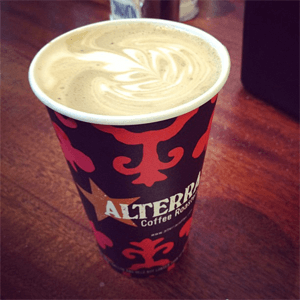
Modals have been an important part of websites for two decades. Stacking contents and using fetch to accomplish tasks are a great way to improve UX on both desktop and mobile. Unfortunately most developers don’t know that the HTML and JavaScript specs have implemented a native modal system via the popover attribute — let’s check it out!
The HTML
Creating a native HTML modal consists of using the popovertarget attribute as the trigger and the popover attribute, paired with an id, to identify the content element:
<!-- "popovertarget" attribute will map to "id" of popover contents--><button popovertarget="popover-contents">Open popover</button><div id="popover-contents" popover>This is the contents of the popover</div>
Upon clicking the button, the popover will open. The popover, however, will not have a traditional background layer color so we’ll need to implement that on our own with some CSS magic.
The CSS
Styling the contents of the popover content is pretty standard but we can use the browser stylesheet selector’s pseudo-selector to style the “background” of the modal:
/* contents of the popover */[popover] { background: lightblue; padding: 20px;}/* the dialog's "modal" background */[popover]:-internal-popover-in-top-layer::backdrop { background: rgba(0, 0, 0, .5); }:-internal-popover-in-top-layer::backdrop represents the “background” of the modal. Traditionally that UI has been an element with opacity such to show the stacking relationship.

39 Shirts – Leaving Mozilla
In 2001 I had just graduated from a small town high school and headed off to a small town college. I found myself in the quaint computer lab where the substandard computers featured two browsers: Internet Explorer and Mozilla. It was this lab where I fell…

CSS Filters
CSS filter support recently landed within WebKit nightlies. CSS filters provide a method for modifying the rendering of a basic DOM element, image, or video. CSS filters allow for blurring, warping, and modifying the color intensity of elements. Let’s have…

JavaScript Canvas Image Conversion
At last week’s Mozilla WebDev Offsite, we all spent half of the last day hacking on our future Mozilla Marketplace app. One mobile app that recently got a lot of attention was Instagram, which sold to Facebook for the bat shit crazy price of one…

Facebook Open Graph META Tags
It’s no secret that Facebook has become a major traffic driver for all types of websites. Nowadays even large corporations steer consumers toward their Facebook pages instead of the corporate websites directly. And of course there are Facebook “Like” and “Recommend” widgets on every website. One…
Source link

إرسال تعليق